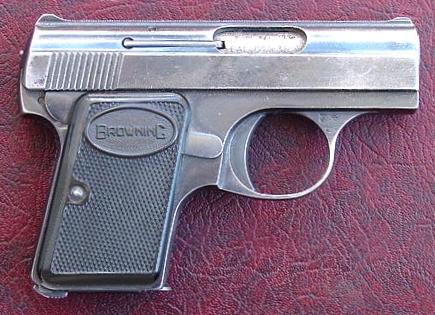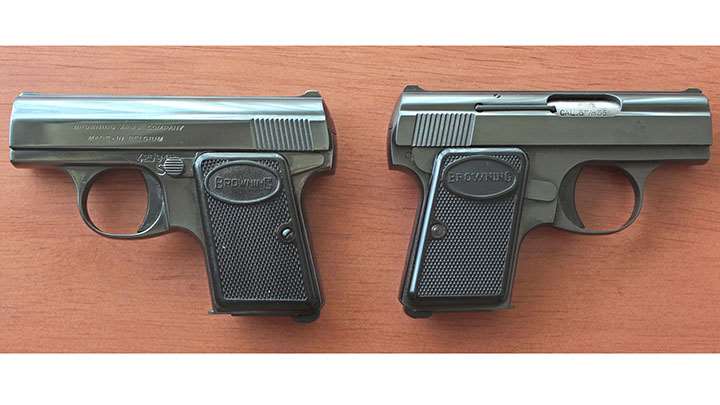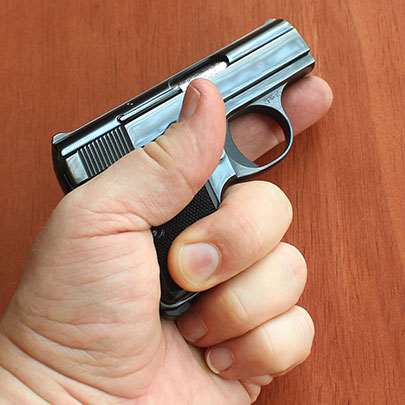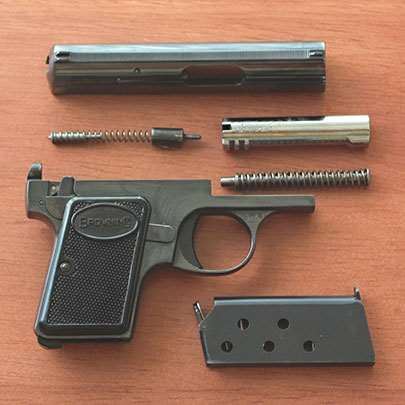Dual Baby Browning
| Factions | Weapon | Icon | Classes | Ammo |
|---|---|---|---|---|
 US |
 Dual Baby Browning |
 |
Gun Game Zombies |
12+2 / 48 |
| Damage Base | Headshot × | Chest × | Stomach × | Leg × | Arm × | Reload Speed | |
|---|---|---|---|---|---|---|---|
| Partial | Empty | ||||||
| 23 | ×2.6 = 59.8 | ×1.7 = 39.1 | ×1.6 = 36.8 | ×1.1 = 25.3 | ×1.05 = 24.15 | 4.233 Seconds | 6.133 Seconds |
| Designation | Weapon Type | Fire Modes | Fire Rate | Bullet Spread ° | Range Modifier | Muzzle Velocity | Projectile weight | Weight |
|---|---|---|---|---|---|---|---|---|
| FN Baby Browning | Dual Pistols | Semi | 100 RPM | 9° & 5° ADS | 0.65 | 253 m/s | 2 g (30.8 gr) | 0.550 kg (1.2 lbs) |
| Full name | Caliber | Place of Origin | Date | Manufacturer | Barrel Length | Total Length | Weapon Script Name |
|---|---|---|---|---|---|---|---|
| Fabrique Nationale Baby Browning | .25ACP | Belgium | 1931 | Fabrique Nationale de Herstal Manufacture d'armes de Bayonne |
2.11 in (53.6 mm) | 4.1 in (104 mm) | weapon_dual_baby_browning |
The 1931 FN Baby Browning, designed by Dieudonné Saive, is a compact semi-automatic pistol chambered in .25 ACP. It has a six-round magazine, striker-fired single action, and a manual thumb safety locking the slide when engaged.
HISTORY
FN produced under license the Model 1905 pocket pistol, later renamed the FN 1906, designed by John Browning. It utilized the .25 ACP cartridge, one of the earliest automatic pistol cartridges. The design featured a grip safety, a safety lever, and a slide-locking mechanism for easy disassembly.
Facing competition from unlicensed copies, FN developed a successor in 1926–1927, designed by Dieudonné Saive. This updated version, known as the Baby Browning, was smaller and lighter, with improvements such as an extended safety lever for easier manipulation, a full-length dust guard, and an auto-safety mechanism. The pistol became widely recognized worldwide.
During the Vietnam War it was issued to MACVSOG teams with a wallet-like concealment holster as a last resort gun.
SOURCE
-
Elvis Presley's baby Browning





